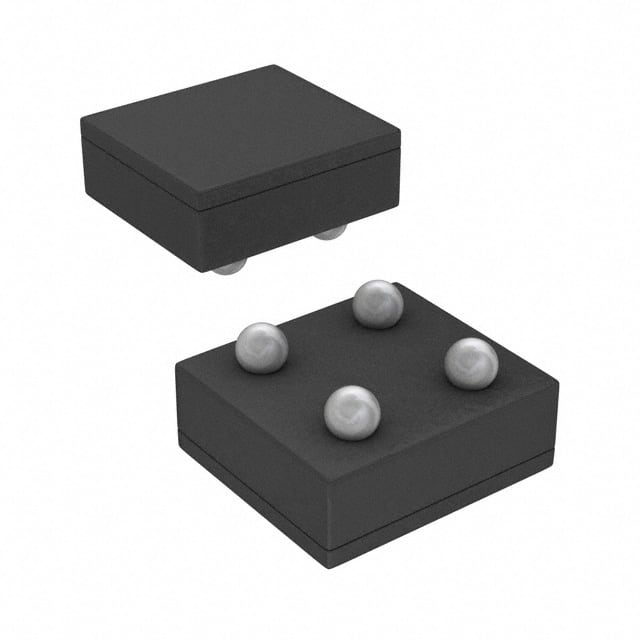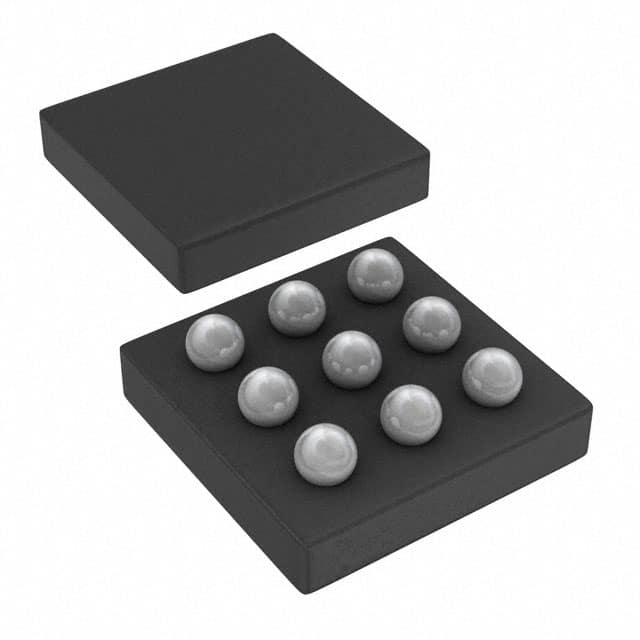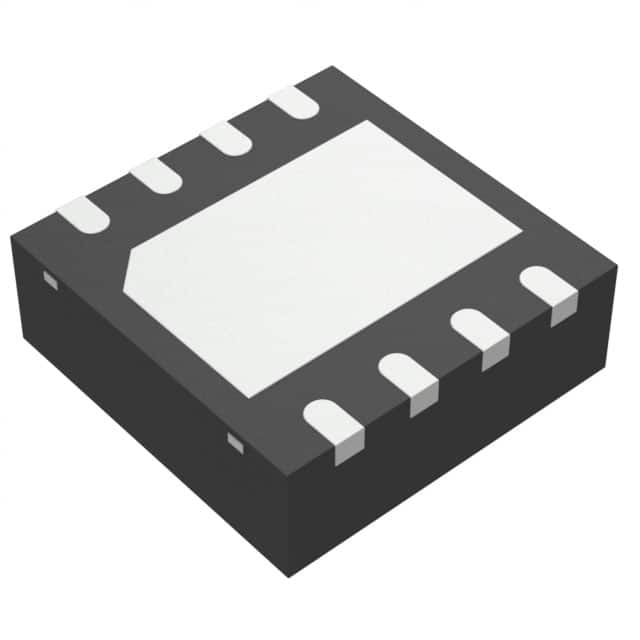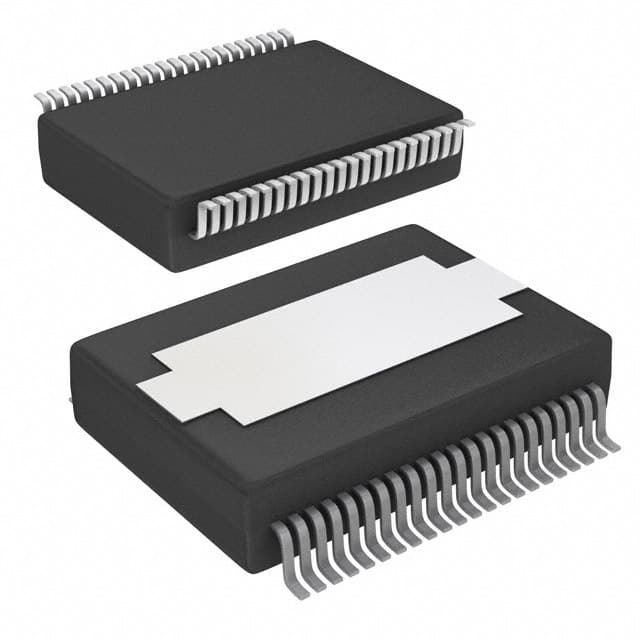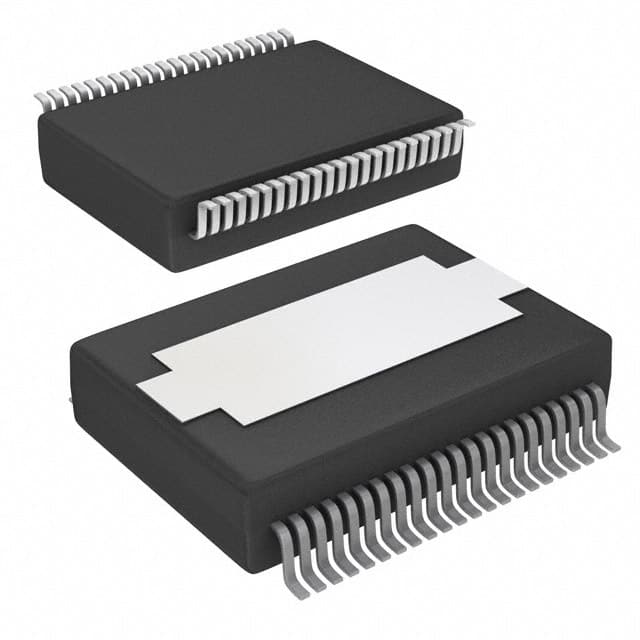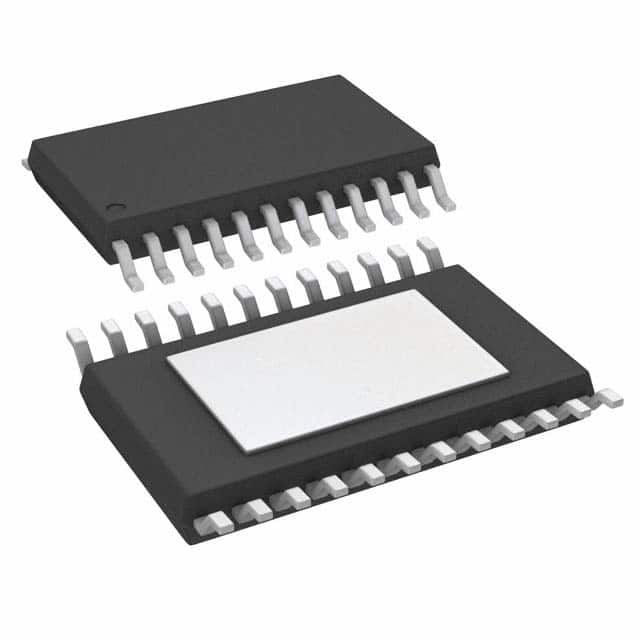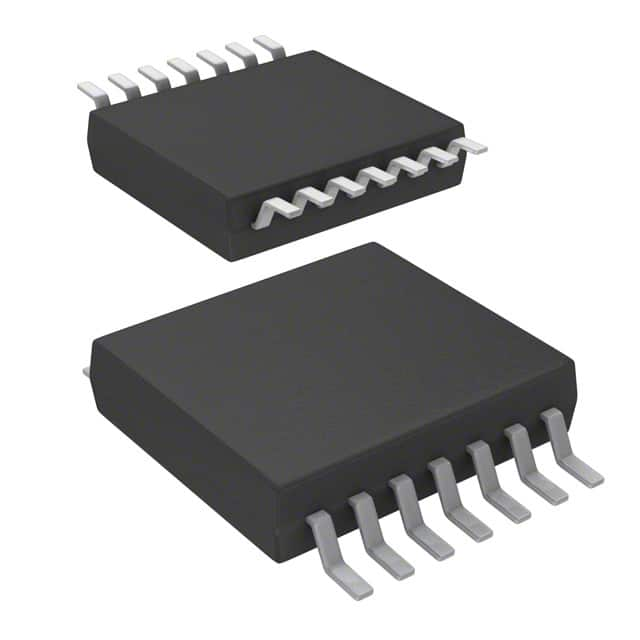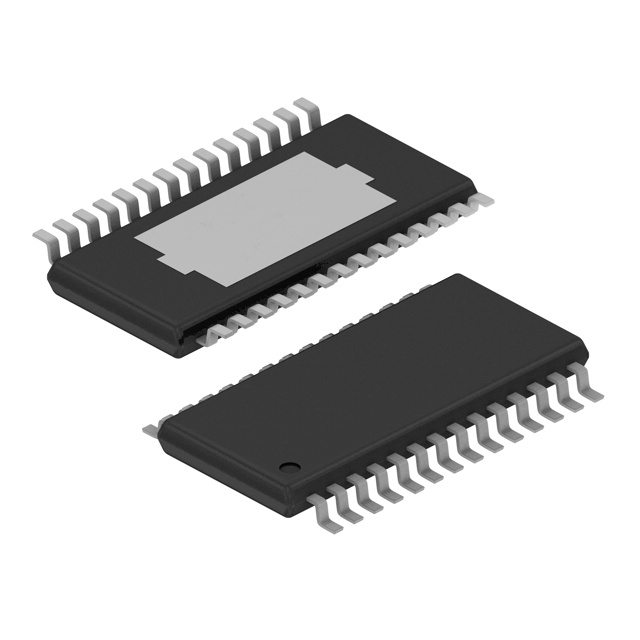LMV1012UP-15/NOPB Product Introduction:
Texas Instruments Part Number LMV1012UP-15/NOPB(Linear - Amplifiers - Audio), developed and manufactured by Texas Instruments, distributed globally by Jinftry. We distribute various electronic components from world-renowned brands and provide one-stop services, making us a trusted global electronic component distributor.
LMV1012UP-15/NOPB is one of the part numbers distributed by Jinftry, and you can learn about its specifications/configurations, package/case, Datasheet, and other information here. Electronic components are affected by supply and demand, and prices fluctuate frequently. If you have a demand, please do not hesitate to send us an RFQ or email us immediately sales@jinftry.com Please inquire about the real-time unit price, Data Code, Lead time, payment terms, and any other information you would like to know. We will do our best to provide you with a quotation and reply as soon as possible.
Introducing the Texas Instruments LMV1012UP-15/NOPB, a versatile and high-performance operational amplifier designed to meet the demanding requirements of various applications. With its exceptional features and robust design, this amplifier is the perfect choice for a wide range of electronic systems.
The LMV1012UP-15/NOPB boasts a high gain bandwidth product of 15 MHz, ensuring accurate and precise signal amplification. Its low input offset voltage and low input bias current guarantee minimal distortion and high fidelity in signal processing. Additionally, this amplifier operates on a low supply voltage of 1.8V to 5.5V, making it ideal for battery-powered devices.
This amplifier is suitable for a multitude of application fields. In audio systems, it can be used for amplifying audio signals in portable speakers, headphones, and audio mixers. In sensor applications, it can accurately amplify and condition signals from various sensors such as temperature, pressure, and light sensors. Furthermore, the LMV1012UP-15/NOPB is also well-suited for use in medical devices, industrial automation, and automotive electronics.
With its small package size and low power consumption, the LMV1012UP-15/NOPB offers an excellent solution for space-constrained and energy-efficient designs. Texas Instruments' commitment to quality and reliability ensures that this amplifier will deliver exceptional performance and longevity in any application.
Experience the power and versatility of the Texas Instruments LMV1012UP-15/NOPB and unlock the full potential of your electronic systems.
Amplifiers - Audio is a kind of can receive weak electrical signals, and the power amplifier to the level of large enough so that the driving load (usually the speaker) of the electronic device. This process involves the amplification of voltage and current to ensure that the output signal can effectively excite the speaker to vibrate and produce sound. In short, it is a device capable of significantly enhancing the power of the audio signal, which is designed to amplify the weak audio signal enough to drive output devices such as speakers and headphones, thereby significantly improving the loudness and clarity of the sound.
Application
Amplifiers - Audio application field is very wide, almost covers all need amplification. In a personal sound system, it is a bridge between the sound source and the speaker, bringing a more shocking and clear hearing experience to the user. In the home theater system, the audio amplifier is responsible for amplifying the sound signal in the movie, creating an immersive sound environment and enhancing the immersion of the movie. In addition, in many fields such as car audio, stage audio, and public address systems, audio amplifiers also play an irreplaceable role.
FAQ about Linear - Amplifiers - Audio
-
1. What is the Total Harmonic Distortion (THD) of an audio amplifier?
Total Harmonic Distortion (THD) is the distortion component introduced by an audio amplifier during the signal amplification process. the lower the THD, the closer the amplified audio signal will be to the original signal, and usually high quality audio amplifiers have a THD value of less than 1%.
-
2. What is a Class D audio amplifier and what are its advantages?
Class D audio amplifiers work through Pulse Width Modulation (PWM) technology and have extremely high efficiency (typically up to 90% or higher), making them suitable for use in portable audio equipment or high-efficiency sound systems. It generates less heat because it reduces energy consumption.
-
3. What is the signal-to-noise ratio (SNR) of an audio amplifier?
Signal-to-noise ratio (SNR) is a measure of the ratio of the audio signal to the background noise, with higher values indicating less noise in the audio signal. A high SNR usually means clearer sound output.
 Lead free / RoHS Compliant
Lead free / RoHS Compliant



